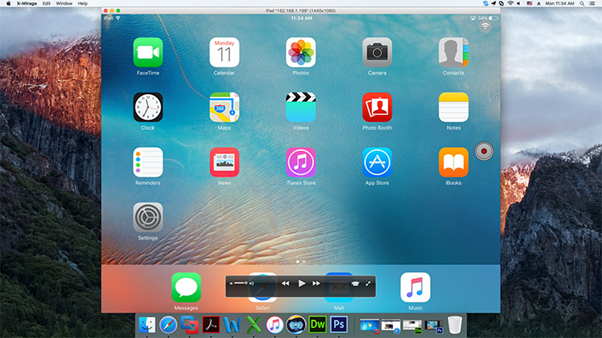To run your app in Simulator, choose an iOS simulator—for example, iPhone 6 Plus, iPad Air, or iPhone 6 + Apple Watch - 38mm—from the Xcode scheme pop-up menu, and click Run. Xcode builds your project and then launches the most recent version of your app running in Simulator on your Mac screen, as shown in Figure 1-1. Software: Emulators. I've created macOS versions of a wide selection of classic computer and console emulators, covering all the major systems from the eighties and nineties. These are available free of charge from this website. I'd love to list them on the Mac App Store, but unfortunately this is not possible.

I recently received a new MacBook Pro and started configuring debugging tools I had debugged ages ago on my personal machine. In doing so, I completely forgot that the iOS Simulator provided by XCode isn't added directly to the Applications directory; instead, you have to dig into the following directory to get to it:

Macos Ipad Emulator Windows 10
Since I don't like hassles, and you probably don't either, I quickly created a symbolic link for the Applications directory to alleviate the pain:
Iphone Simulator Mac
And with that bit of help, I can easily get to my iOS emulator, and then open iWebInspector and other mobile debugging tools. Sweet!